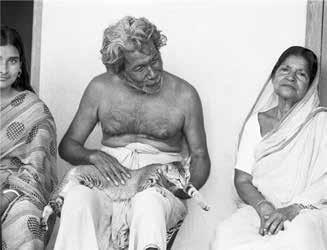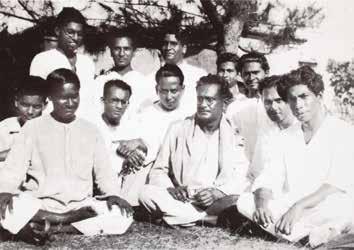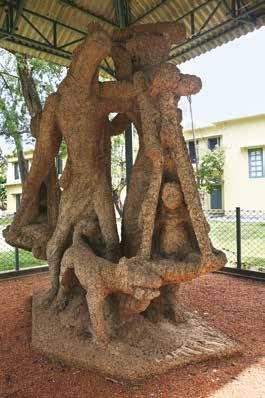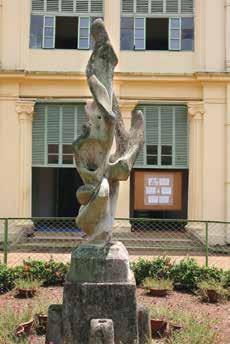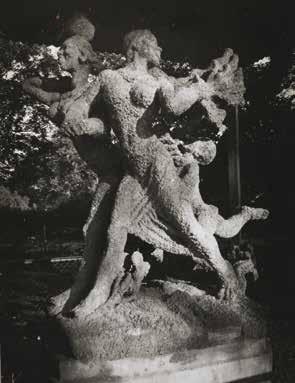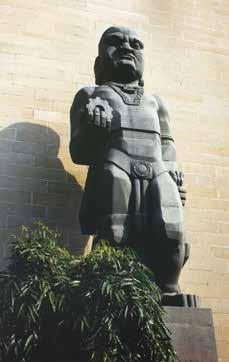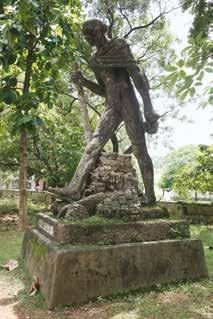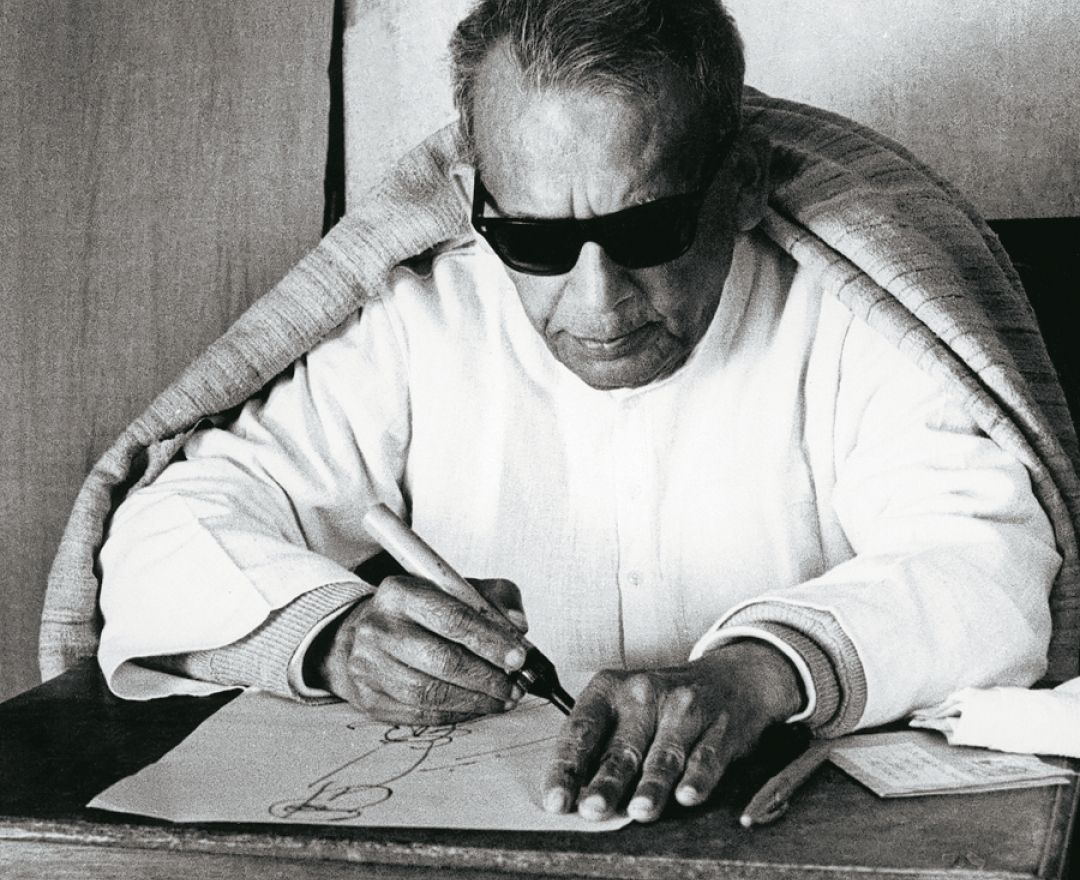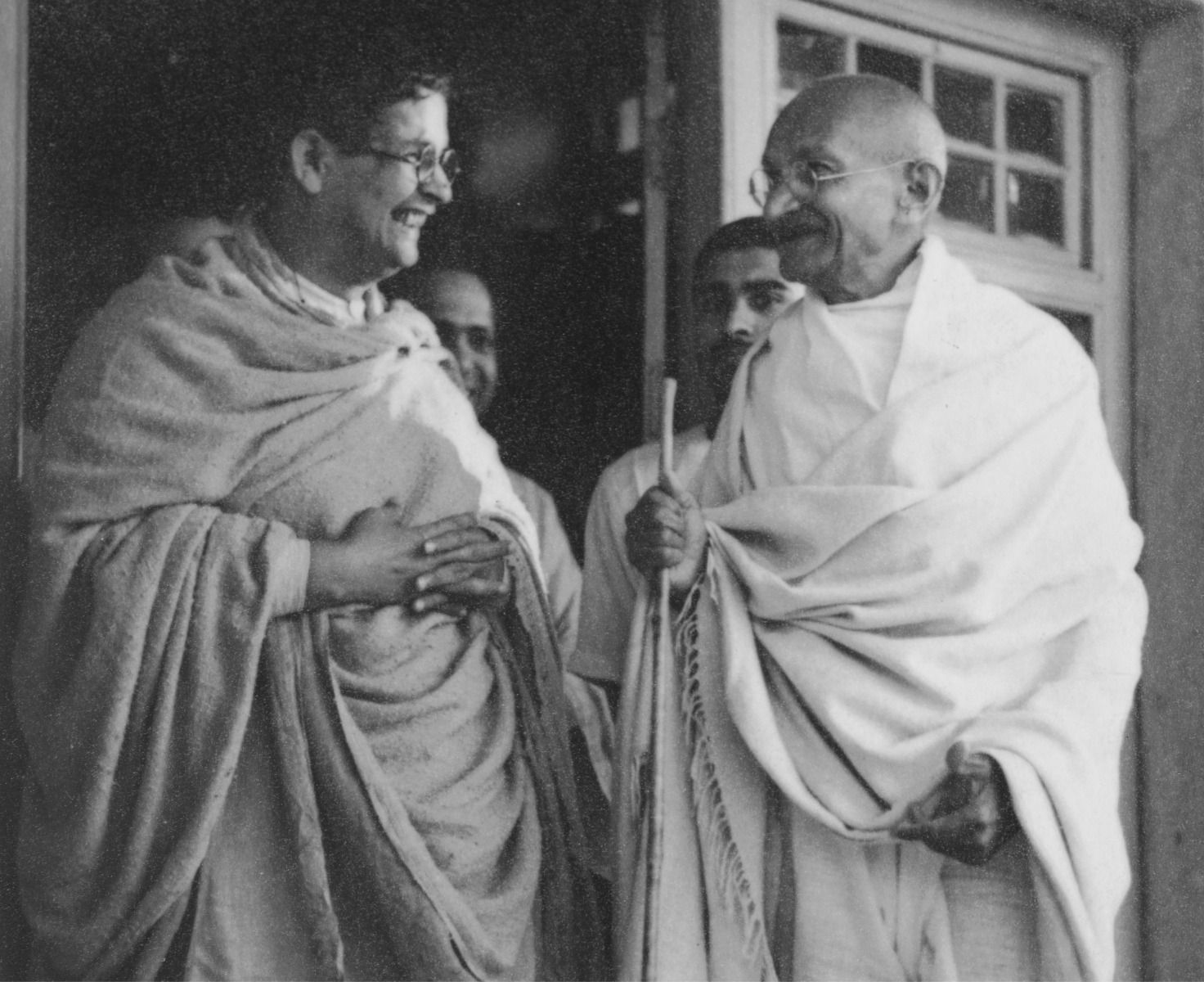Ramkinkar Baij
Artist timeline
Artworks
|
1906 - 1980 Ramkinkar Baij |
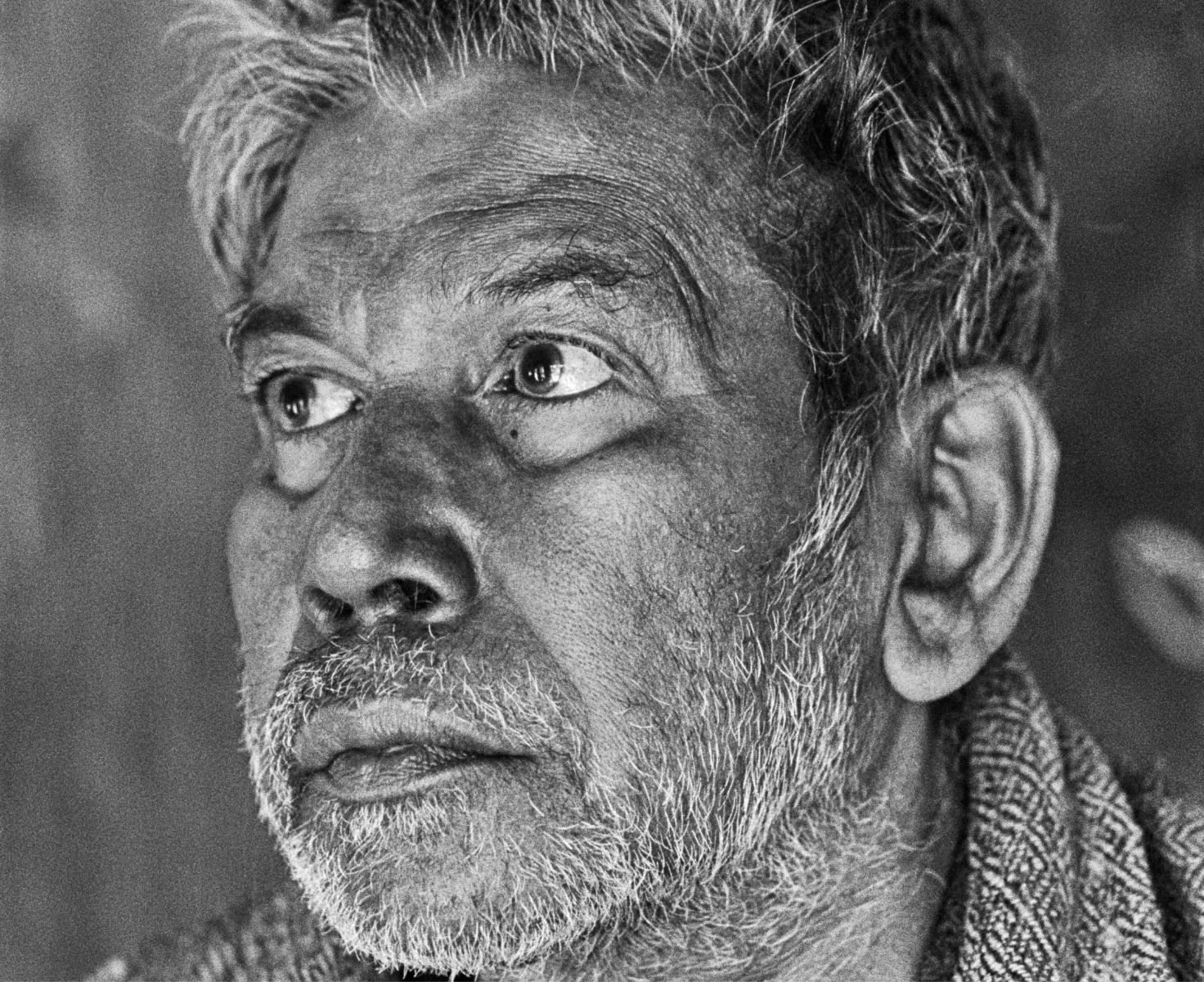
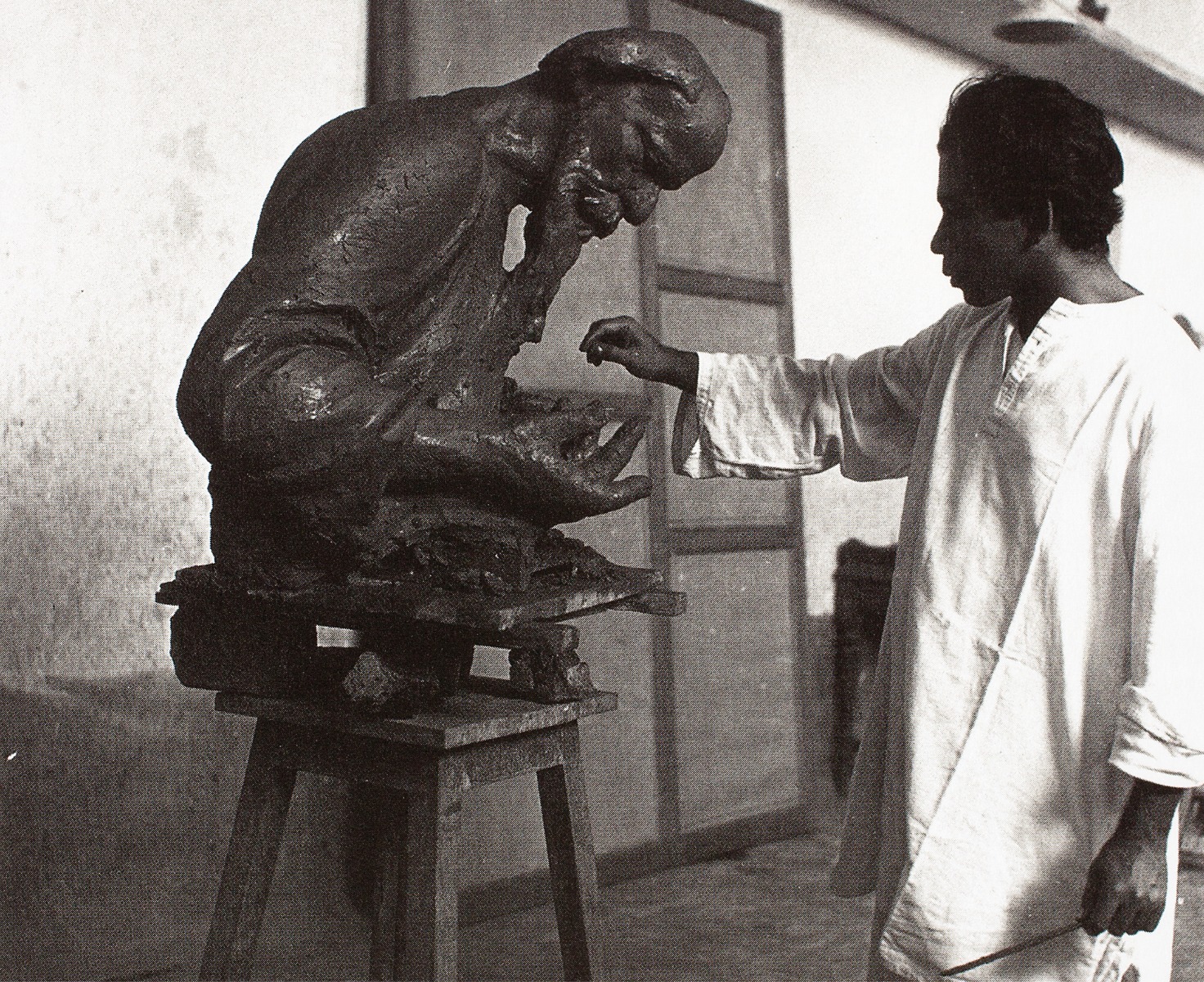
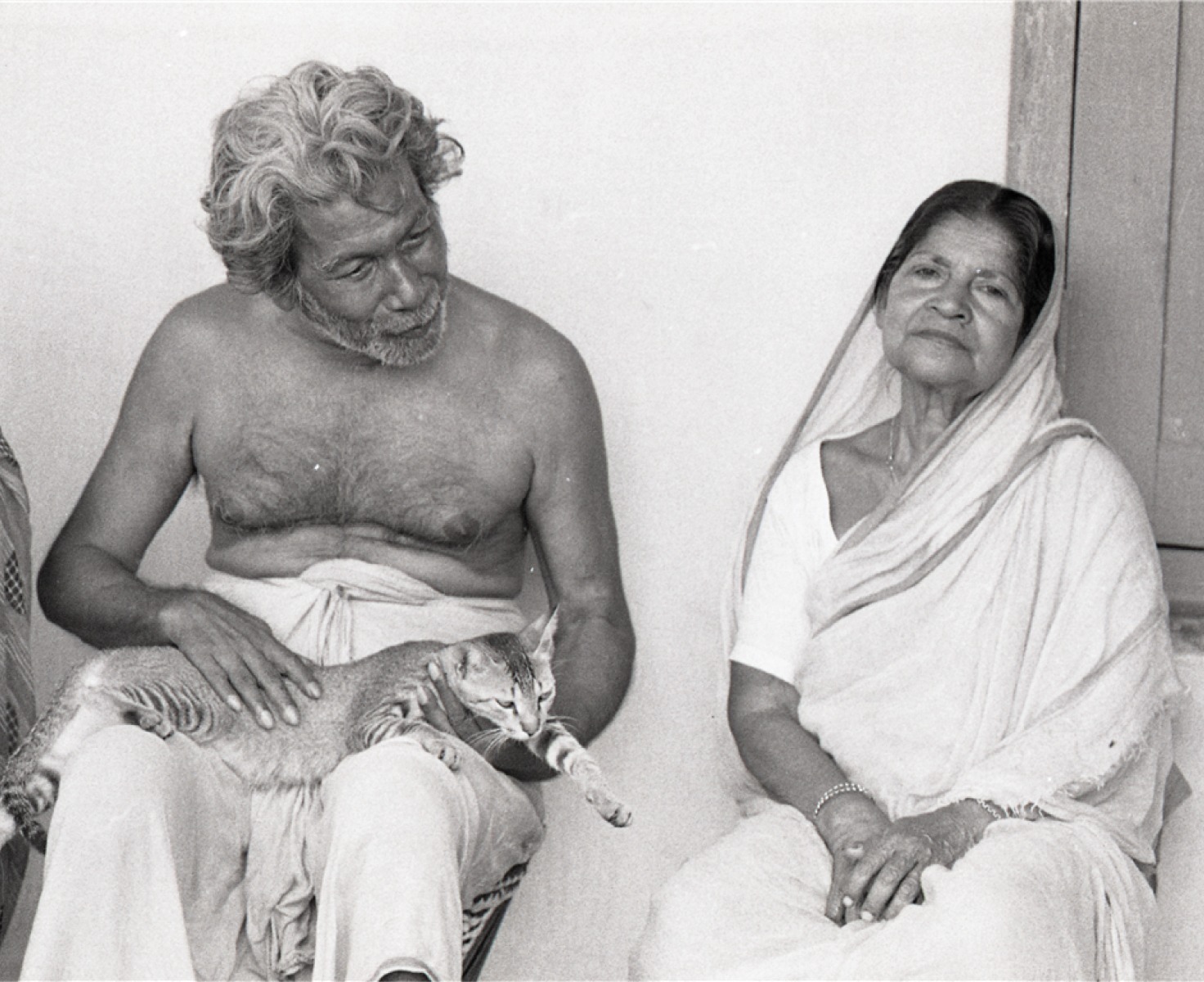
‘It repeatedly occurred to me when I did paintings or sculptures, that
I have to be independent. Fiercely independent’
RAMKINKAR BAIJ
artist timeline
artworks
dag exhibitions
|
The ‘Manifestations’ series of 20th Century Indian Art, Editions V, VI, VII, X |
|
DAG, New Delhi and Mumbai, 2011-14 |
|
‘Indian Landscapes: The Far Horizon’ |
|
DAG, New Delhi, 2012 |
|
‘The Naked and The Nude: The Body in Indian Modern Art’ |
|
DAG, New Delhi, 2013; Mumbai, 2015 |
|
‘India Modern: Narratives from 20th Century Indian Art’ |
|
DAG, New York, New Delhi, and Mumbai, 2015; Chandigarh, 2017 |
|
‘The Art of Santiniketan’ |
|
DAG, New Delhi, 2015; Mumbai, 2016 |
|
‘Primitivism and Modern Indian Art’ |
|
DAG, Mumbai, 2019; New York, 2020 |
|
‘Indian Blue: From Realism to Abstraction’ |
|
DAG, New Delhi, 2021 |
|
‘Iconic Masterpieces of Indian Modern Art’ |
|
DAG, Mumbai, 2021 |
|
‘New Found Lands: The Indian Landscape from Empire to Freedom' |
|
DAG, New York, 2021; Mumbai 2021-22 |
notable collections
|
National Gallery of Modern Art, New Delhi |
|
Lalit Kala Akademi, New Delhi |
|
Kiran Nadar Museum of Art, New Delhi |
|
Reserve Bank of India, New Delhi |
|
Kala Bhavana, Santiniketan |
|
Academy of Fine Arts, Kolkata |
|
Government Museum and Art Gallery, Chandigarh |
|
Jehangir Nicholson Art Foundation, Mumbai |
|
Kejriwal Museum, Karnataka Chitrakala Parishath, Bengaluru |
|
Jane and Kito de Boer Collection, Dubai and London |
archival media








